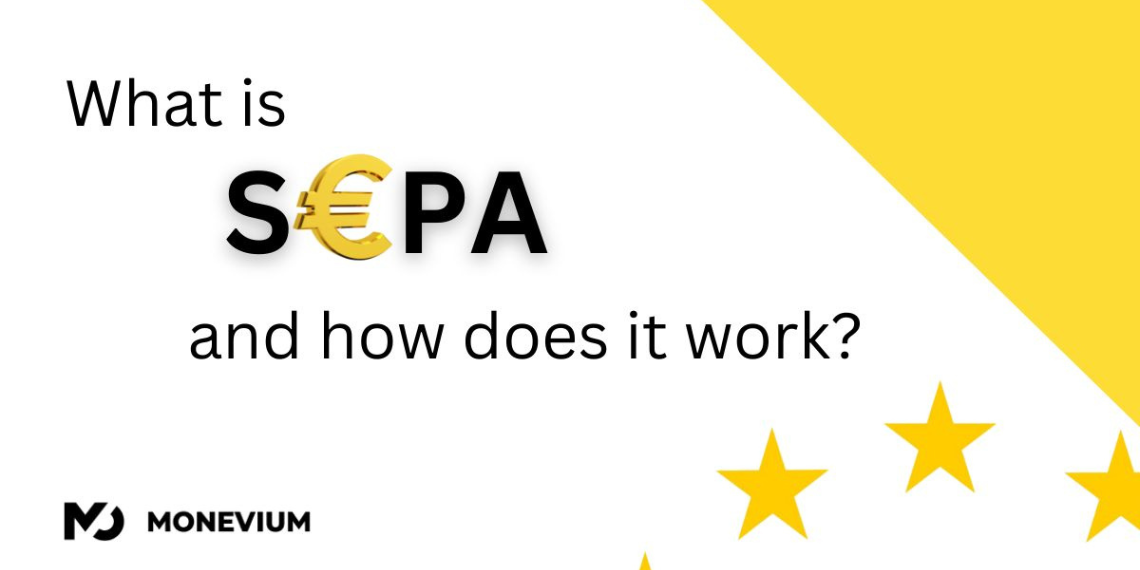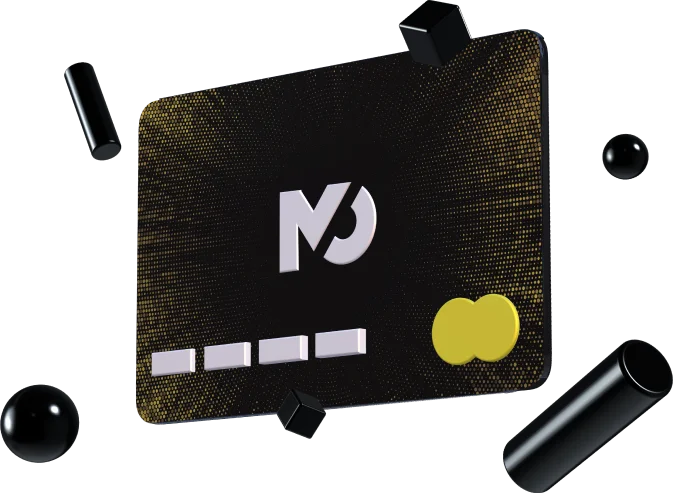What is SEPA and how does it work?

Introduction to unified payments across Europe
Almost 20 years have passed since the wish to become members of the European Union was at the very top of national priorities for many formerly independent European countries, which had until then had their own national currency.
The formation of the European Union was a natural progression from what had emerged during the 1970s as the European Economic Community (EEC), taking European countries from completely independent status, bound only by a common economic market, to a fully-fledged union of nations which would eventually have a centralized parliament and one issuer of a common currency - the European Central Bank.
Since the Euro, now recognized globally as one of the major sovereign currencies, was introduced in January 1999, it has become a de facto currency for global business and a common unit for many European citizens, and worrying about transferring from one unit to another with the associated costs just for going shopping a few kilometres away just because it happens to be across a national border, is a thing of the past.
Making Payments Easier and Quicker
As the European Union grew due to many nations rallying to join it during the late 1990s and early 2000s, the Euro currency became the most convenient and easy way to operate for many businesses and individuals across a union of nations, removing the borders and barriers to doing business, as well as reducing costs.
Electronic transfers, however, still took a number of days and were still considered international transfers, just as they are today.
In 2008, the European Central Bank introduced SEPA, which is an acronym for 'Single Euro Payments Area'.
Initially, it was only able to facilitate credit transfers, however, it was expanded to include direct debits in 2009 and fully implemented by 2014 in the euro area. In 2016 it was set in place in non-euro area SEPA countries.
The idea behind the introduction of SEPA was to make transferring money from one account to another via electronic payments much easier and quicker than the cross-border systems involving corresponding banks, which had been in place before and had been set up and developed over the years to accommodate different currencies issued by different central banks.
How does SEPA work?
Before the SEPA system was implemented, it would take between 3 and 7 days for a bank transfer that had been conducted between a person or business which sends money from one country and a recipient in another.
The idea of SEPA was to reduce the time and cost involved in making international bank transfers and direct debit payments within the European Union, including to and from some European Union member states which have not adopted the Euro currency.
As of January 2023, SEPA has 36 member states. Those are:
- Austria
- Belgium
- Bulgaria
- Cyprus
- Croatia
- Czech Republic
- Denmark
- Estonia
- Finland
- France
- Germany
- Greece
- Hungary
- Republic of Ireland
- Italy
- Latvia
- Lithuania
- Luxembourg
- Malta
- Netherlands
- Poland
- Portugal
- Romania
- Slovenia
- Slovakia
- Spain
- Sweden
- Norway
- Liechtenstein
- Iceland
- Switzerland
- Monaco
- United Kingdom
This list contains six countries (Norway, Liechtenstein, Iceland, Switzerland, Monaco and the United Kingdom) which are not European Union member states. Still, due to their geographical location within the European continent, the significance of their economies and trade relationships with European Union member states are included in the SEPA zone.
SEPA payments
Any person or business which holds a bank account in any of the nations in which SEPA operates can make a SEPA transfer via either online banking or via visiting a branch and conducting it over the counter.
Conducting a SEPA transfer via online banking is rather similar to conducting any form of international transfer. An account holder simply logs into their online banking account as they would for any other bank transfer, sets up the transfer, including the recipient's details and amount to transfer, and then add the recipient's IBAN (a series of letters and numbers unique to a bank account made up of a code including the bank account number), confirm the information and complete the transfer.
The main difference between conducting a SEPA transfer and a traditional cross-border money transfer via the established SWIFT messaging system is that when sending money via a SEPA transfer, the sender only needs to enter the recipient's IBAN number, whereas when sending via the traditional SWIFT system, the sender needs to enter the SWIFT code for the bank branch, as well as the recipient's IBAN number.
It really is that simple.
How long do SEPA payments take?
SEPA payments are very quick, as speeding up transfer times is their intended purpose.
Unlike traditional SWIFT transfers, which take up to 5 business days to complete, the processing time of a SEPA payment is 24 hours as long as the sender conducts the transfer before the 'cut-off' time set by the sender's bank, which is usually during the mid-afternoon.
If it is sent after the cut-off time, a SEPA payment takes between 36 and 48 hours, depending on bank cut-off times, business days, and holidays.
Effectively, the recipient will receive their funds in their bank account on the same day if the funds are sent via a SEPA payment in the morning, and often the next day (if the next day is a business day) if the funds are sent after the sender's bank cut-off time.
Within the SEPA system, there is also the possibility to conduct a 'SEPA Instant Transfer" for which a sender can pay a higher fee, and the recipient receives the money within 10 seconds as long as the recipient is within one of the 36 SEPA countries.
| SEPA money transfer | SWIFT money transfer | |
|---|---|---|
| Supported countries | Limited to 36 countries | Works worldwide |
| Currency | Only works with euros (€) | Works with any currency |
| Fee | Very low or no fees | High fees and currency exchange costs |
| Speed | Completion in 24-48 hours for standard SEPA, 10 seconds for SEPA Instant Payment | Completion in 1-5 business days |
Source: ECB
Costs of using SEPA
The cost of sending money via SEPA transfers varies depending on which bank is used, however, SEPA transfers generally cost the same amount as a local domestic bank transfer, which means that they're usually free. However, a small number of banks may charge you an extra fee for SEPA transfers if they also charge an extra fee to make local bank transfers within the same country.
Using traditional methods of transferring money from an account in one country to a recipient account in another is costly and has other hidden costs, such as the foreign exchange rate, which is a market rate, but banks often offer wider 'spread' (the difference between the bid and ask price), meaning a worse rate is given than the market rate, and often add fees which can be between 15 and 150 Euros depending on the bank and transaction.
Therefore, SEPA payments are far quicker and far cheaper than traditional methods of making international transfers.
Future initiatives for SEPA
Since SEPA has been in place and fully operational across 36 European countries since 2014, it can hardly be considered a new development, however, the rapid rate of development within the financial technology industry has, in some respects, been bolstered by the ability to conduct SEPA payments.
Like many other central banks around the world, the European Central Bank is working on releasing a digital euro, which would be released in the form of a Central Bank Digital Currency (CDBC).
This is one example of a potential move toward the obsolescence of paper money, therefore reliance on Internet banking and the ability to work with digital banks - or challenger banks and neo banks - rather than have to remain a customer of a traditional retail or commercial bank is becoming more widespread.
In many European countries, commercial and retail banks are closing their branches, meaning that eventually, all banking will have to be conducted via telephone or online, therefore meaning that SEPA payments will likely be the norm for most private and commercial banking customers.
In this case, it is fair to say that the system and framework have been in place for quite some time, which is allowing the digital payments industry to flourish and provide the most efficient experience for its retail and commercial users.
Summary
Quite simply, money has become electronic, and therefore people expect money to move as quickly as emails. That's why the cross-border stakeholders in the European Union have been working to make fast and cheap payments a reality for everyone in the euro area. Even the European Central Bank, the issuer of the Euro, accepts this dynamic.
The savings in time and cost due to the ability to use SEPA for settlement are huge, and a massive increase in efficiency for business as well as cost savings for private customers is a sign of the times in which people are more discerning and expect more value from financial services providers.
We live in an increasingly borderless world, and SEPA, along with the electronic payments ecosystem that uses it, is testimony to that.
FAQ
1. How to make a SEPA payment (how does a SEPA bank transfer work?)
To make a SEPA payment or a SEPA bank transfer, you can do so through online banking or by visiting a branch. When conducting a SEPA transfer via online banking, you log into your account, set up the transfer with the recipient's details and amount to transfer and provide the recipient's IBAN (International Bank Account Number). Unlike traditional SWIFT transfers, which require the SWIFT code in addition to the IBAN, SEPA transfers only need the recipient's IBAN number, making it simpler and quicker.
2. Is SEPA only for euro payments?
SEPA is not only for euro payments. While the Euro is the primary currency used within SEPA, it also allows for transfers in other currencies. However, the currency conversion may incur additional costs and may not be available for all banks or countries within the SEPA area.
3. Are SEPA payments free?
SEPA payments are generally free or have very low fees. The cost of sending money via SEPA transfers is often the same as a local domestic bank transfer, making it a cost-effective option for individuals and businesses. However, it's important to note that some banks may charge extra fees for SEPA transfers if they also charge fees for local bank transfers within the same country.
4. Do SEPA payments work on weekends?
SEPA payments can be processed on weekends, but the timing may vary depending on the bank's cut-off times and whether it is a business day or a holiday. If a SEPA payment is initiated before the cut-off time set by the sender's bank, it can be processed within 24 hours. If sent after the cut-off time, it may take between 36 and 48 hours for the payment to be completed.
5. How to set up SEPA payments with Monevium?
To set up SEPA payments with Monevium, you would need to follow the specific instructions provided here. Generally, you would need to have a bank account within one of the SEPA member states and provide the necessary details, including the recipient's IBAN, when initiating the payment through Monevium's platform or services.
Monevium is the Trading Name of Advanced Wallet Solutions Limited, a company registered in the UK under company number 10251711 and is regulated by the UK’s Financial Conduct Authority under Firm Reference Number 766038.
Open Monevium Account in Minutes
The future of money management is only a few clicks away. Apply here to have complete control over your money.


